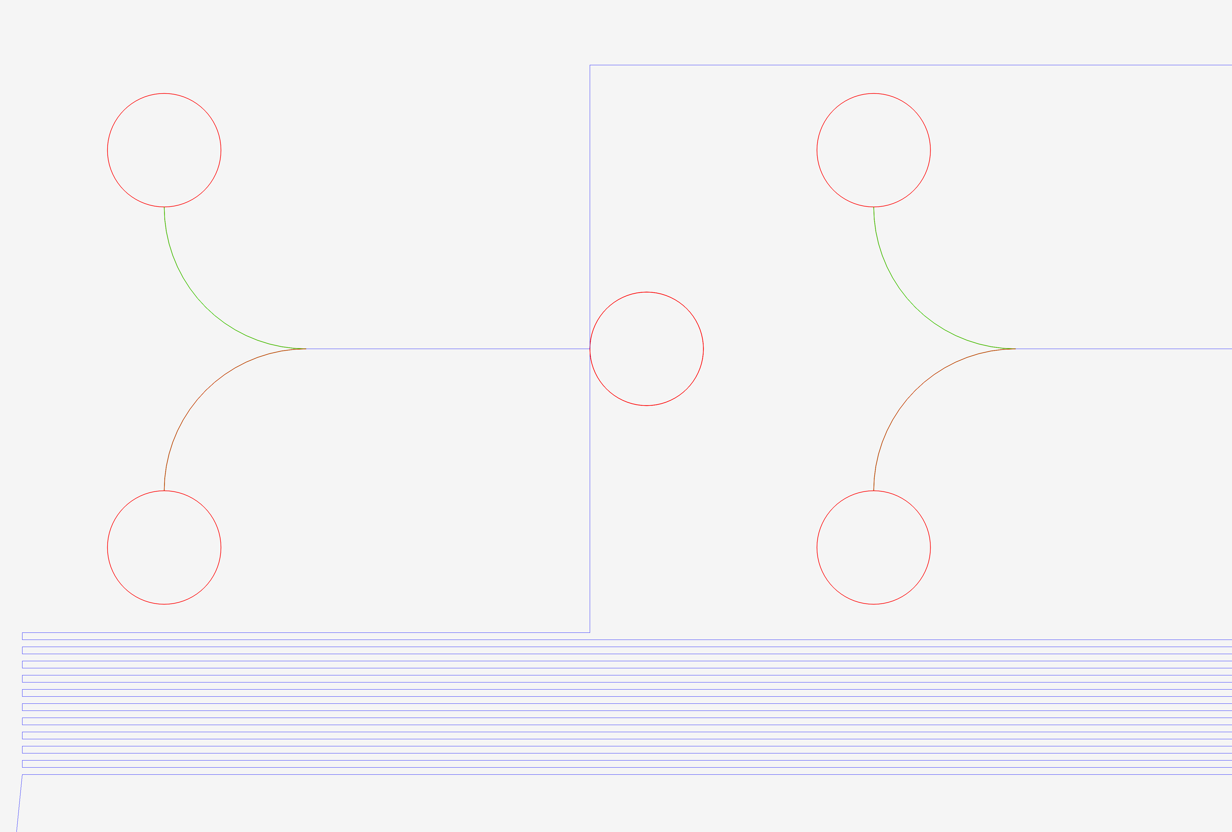MEW PROJECTS
Computer controlled parameters
Parameter control is key to improving print quality and reducing defects, automated parameter control has already seen wide scale implementation in conventional 3D printers; which has led to less training required to operate the machine. Digitisation also permits more precise control of parameters by removal of the mechanical hardware interface.
Custom control software
To make use of the digital control system a custom interface must be developed to allow the user to see all the parameters and information at a glance. This system will also allow for the incorporation of feedback either from 3D camera vision reconstruction or Optical Coherence Tomography.
3D camera vision reconstruction
The unique design of MEW permits real time monitoring of the printing process making it practical to observe key parameters such as fibre diameter, Taylor cone area and lag distance in real time. 3D reconstruction of the print jet allows the lag distance to be known at all times which is critical to real time feedback and correction. 3D reconstruction shows the user the complete jet profile providing more information to help tune the printing process
gcode adaptive path planning
As with many 3D printers MEW uses gcode to instruct the printing path, real time adjustments to the code are crucial to allow for corrections to the printing path to permit higher accuracy deposition and reduce the impact of lag on the printed structure.
Optical Coherence Tomography
Optical Coherence Tomography(OCT) is a light based scanning technique similar to ultrasound, OCT has previously been used in conventional 3D printers to study the voids within printed parts. OCT has the capability to be able to provide detailed scans of a printed scaffold without needing to remove the scaffold from the printer which reduces the time required to implement changes to the gcode to achieve the desired geometry

